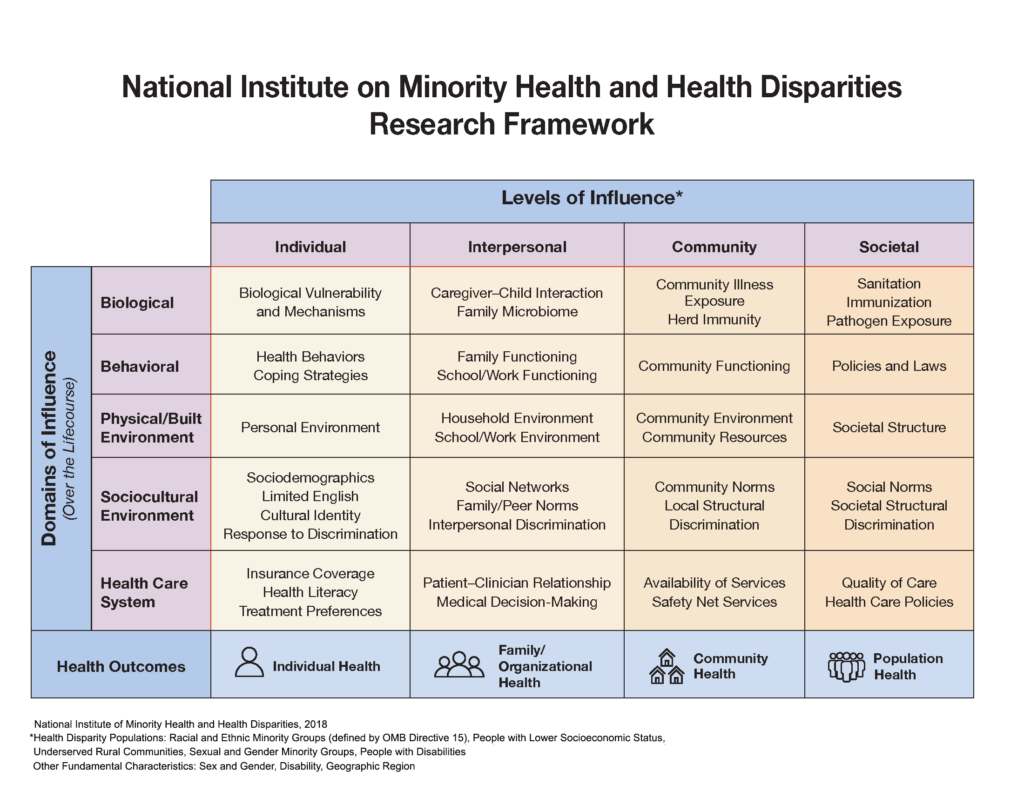
Anand Narayan, MD, PhD has raised awareness of breast cancer screening as well as potential solutions through numerous podcasts and articles. Most recently, the American Journal of Roentgenology (AJR) interviewed him for an episode of their podcast, “AJR Conversations.”
In the episode from January 16, 2025, Dr. Narayan spoke with the AJR Breast Imaging Section Editor Wei Yang, MD. During the interview, he referenced insights shared in “Access to Breast Cancer Screening: Disparities and Determinants,” an expert panel narrative review featured in the November 2024 issue of AJR. Dr. Narayan’s co-authors of the review include Soudabeh Fazeli, MD, MPH; Victoria L. Mango, MD; Rifat Wahab, DO; Tejas S. Mehta, MD, MPH; and Haydee Ojeda-Fournier, MD.
The disparities in cancer screenings are well-documented but continue to be persistent issues in healthcare. In collaborating on the panel review, Dr. Narayan and his co-authors challenged each other to approach the subject in a new way.
“What new thing are we going to offer in terms of the approach to this particular problem?” Dr. Narayan recalled during the podcast. “We want to create new content that really moves the field forward.”
To do that, they looked at the existing literature and studies, but through a different lens by applying the National Institute on Minority Health and Health Disparities (NIMHD) Research Framework. This framework helps guide research on minority health and health disparities by considering various influences like biology, behavior, environment, and healthcare. It analyzes research progress and identifies gaps and opportunities, with examples provided for different areas of influence.
By applying this framework, Dr. Narayan and the authors were not only able to identify key gaps in screening disparities but also provide potential solutions. In the podcast. Dr. Narayan shared more information about two such solutions: artificial intelligence (AI) and legislation.

Opportunities with Artificial Intelligence
Throughout the field of radiology, the early adoption of AI has already led to promising innovations in areas such as streamlining the process of reading images. Due to this, Dr. Narayan is optimistic about AI’s application to address issues related to breast screening disparities. For instance, the current commonly used risk prediction algorithms often under predict the risk of breast cancer in African American women, which could lead to a late or missed diagnosis.
“AI has potential in improving risk prediction, especially for underrepresented groups like Black women,” said Dr. Narayan. “AI can analyze large datasets and identify complex associations that traditional methods might miss.”
Leveraging Legislative Power
Cost barriers are also one of the many factors in disparities in cancer screenings, which Dr. Narayan and his co-authors have seen in their own work.
“From the literature and some of the work that I’ve worked on, and some of the work that many of the collaborators have worked on, is that these cost barriers and the perceptions of these potential cost barriers can affect both screening and diagnostic mammography and people’s willingness to actually undergo these studies,” said Dr. Narayan. “And in many cases, patients may not even show up at the door.”
But the Find It Early Act, a federal bill introduced in 2023, may provide a solution. If enacted, the bill would ensure all health insurance plans cover screening and diagnostic breast imaging with no out-of-pocket costs for people at a higher risk for breast cancer. That would cover those with dense breasts, which make it difficult for radiologists to see cancer during a routine mammogram.
Multiple Perspectives for Optimal Results
In addition to the solutions provided by AI and legislation, the role of inclusivity, especially among healthcare professionals plays a crucial role in addressing these disparities. Dr. Narayan acknowledged the review process and collaboration among experts from different regions strengthened the article, by highlighting the value of diverse perspectives in addressing complex health issues.
“We have a group of people with just terrific expertise in many different parts of the country, who all offer so many varied perspectives,” Dr. Narayan said. “Dr. Fazeli and Dr. Ojeda-Fournier did a really terrific job in leading this initiative and really bringing all of us together and trying to make sure all perspectives were included and incorporated, and it was done so in an organized fashion that leveraged our individual interests and strengths.”
Listen to the full AJR conversation between Dr. Yang and Dr. Narayan by pressing play below:
While his particular focus is on reducing breast cancer disparities, Dr. Narayan has worked on studies examining other inequities in healthcare. He has also discussed the findings of these studies as a guest on other podcasts.
One was an appearance on the Radiology journal podcast presented by the Radiological Society of North America (RSNA). In December 2021, he appeared on the podcast to discuss the study he coauthored, “Racial and Ethnic Disparity in Lung Cancer Screening Eligibility,” which was featured in the print edition of Radiology that same month. The study evaluated the impact of revised U.S. Preventive Services Task Force (USPSTF) guidelines on racial and ethnic disparities in lung cancer screening eligibility, particularly focusing on high-risk African American smokers. The goal of the study was to determine whether the lowered eligibility thresholds help reduce these disparities.
Dr. Narayan made another appearance on the Radiology journal podcast to discuss a different study he coauthored, “The Impact of Extreme Neighborhood Socioeconomic Deprivation on Access to American College of Radiology-accredited Advanced Imaging Facilities,” which was published in the May 2023 issue of Radiology. This study found that zip codes in the United States with extreme levels of socioeconomic disadvantage were less likely to have American College of Radiology (ACR)-accredited facilities and centers of excellence. By not having these facilities more easily accessible in these areas, it could lead to delayed or missed diagnoses and potentially making health disparities even worse for these populations.
Dr. Narayan appeared on “The Reading Room with Diagnostic Imaging” podcast episode, “Emerging Concepts in Breast Cancer Screening and Health Equity Implications, Part 3,” where he discussed the challenges radiologists faced in implementing the expanded breast cancer screenings. These were based on the updated recommendations from the ACR and the United States Preventive Services Task Force in 2023. Dr. Narayan and Amy Patel, MD talked about how high workloads and a shortage of radiologists were making the implementations difficult. Yet, they also provided suggestions on how AI and maintaining a dialogue with providers can be key in helping to address disparities in breast cancer screenings.
Dr. Narayan serves as the vice chair of equity in the Department of Radiology and as associate director for diversity, equity and inclusion at the University of Wisconsin Carbone Cancer Center. He has been a member of the Department of Radiology’s Section of Breast Imaging and Intervention since 2021.